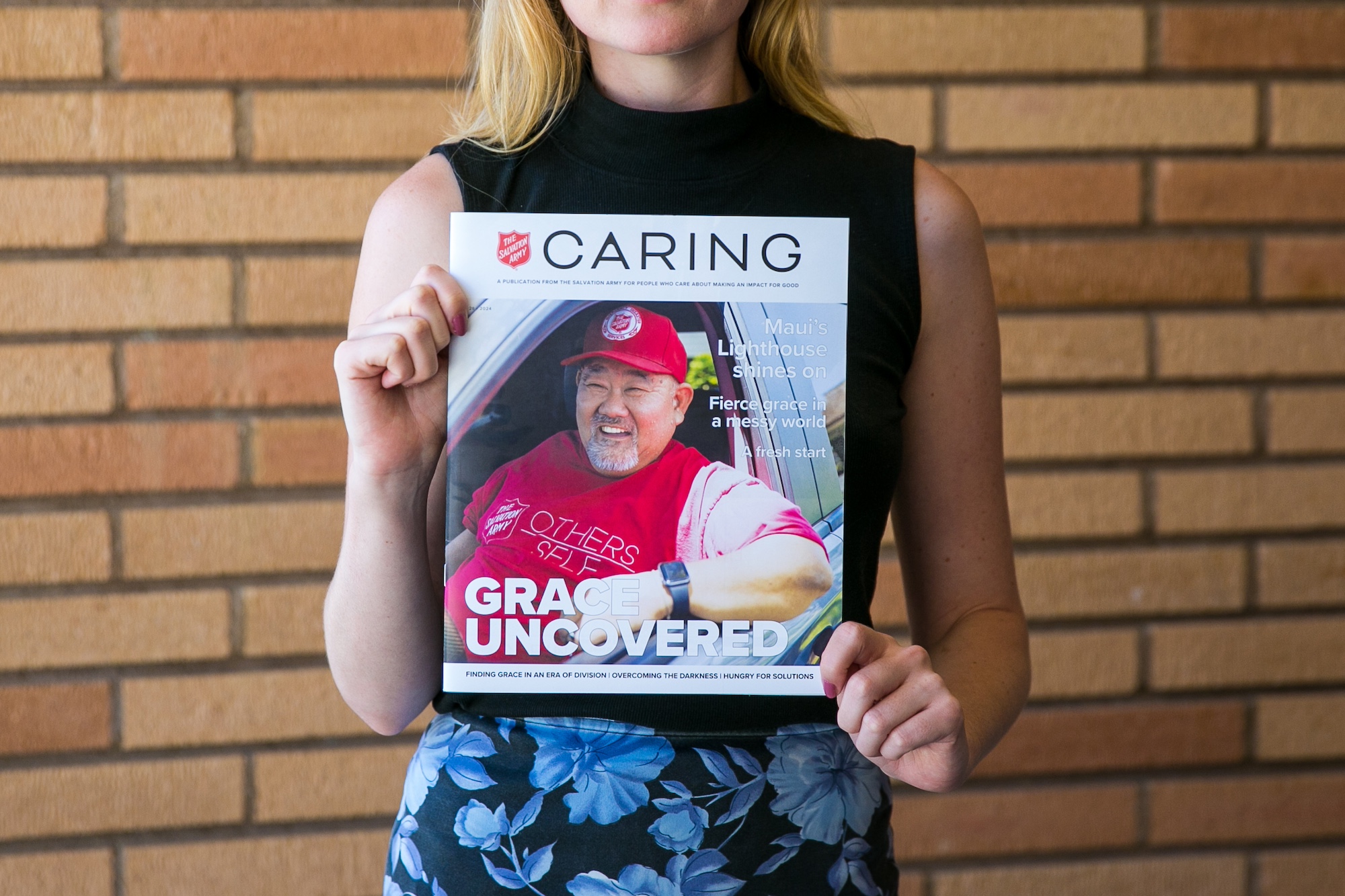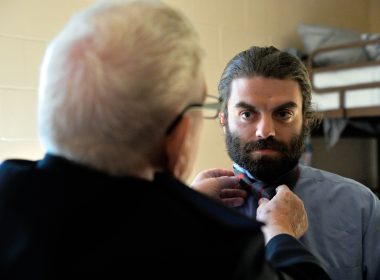by Bob Docter
The Army is justifiably proud of its commitment to people in the face of difficult disasters. Some are local, some regional and state wide, some national, and some international. Caring magazine rightfully trumpets “First in, last out” on the cover of a recent edition.
Here in the United States, right from the beginning, the Army mobilized on Galveston Island to confront the unnamed hurricane that struck the island and moved through the Houston coastline on September 8, 1900. Close to 12,000 people died in that storm, and 6,000 of them were in Galveston. The Army ministered there for several months.
Currently, the Army is still serving in Port-au-Prince on the island of Haiti, in San Bruno, California, in Christ Church, New Zealand and in Pakistan. We are great on natural and man made disasters. We serve on war fronts and in hospital rooms. We build houses in New Orleans and minister regularly to the hungry, homeless and destitute of America.
So – why can’t we see the disaster affecting somewhere between 15 million and 25 million people throughout the entire nation?
I’m talking about the unemployed, the depressed millions who suddenly find themselves without gainful employment and all that this means to families. Some have faced this trauma for several years. Some, only recently, have had to learn to cope with the shock of sudden loss of income. Federal unemployment insurance goes for 99 weeks. Health insurance, tied to employment, ends as the ex-employee goes out the door. A Cobra health plan, costing almost a thousand dollars a month, eats up resources quickly and only for a limited time period.
We seem to restrict ourselves to emergency relief service unless we can refer the client to one of our social programs. I believe this is an insufficient response at this time. We desperately need to add additional programs to facilitate job acquisition and all of the peripheral services this task entails. We have a very positive image of helping others during a time of need. We have a strong network within the cities and towns of America. We have the compassion necessary to relate to hurting, confused, anxious and depressed people trapped in the rubble of this disaster.
Moreover, we have models of Army programs already in place that have demonstrated success in assisting this population achieve their employment goals and repair their lives.
We must start now.
Let’s look at the models the Army has available to assist this population now.
Employment plus
This Australian program began in 1998 and “works closely with tens of thousands of employers every year.” It connects the unemployed with companies seeking assistance in filling positions. It also provides support to workers once they start. It has a government contract that provides funding designed to assist the long-term unemployed. It works effectively within both Australian Territories and has been identified as “the most effective national job placement agency in Australia. It established five core values: integrity, justice, compassion, respect, and commitment.
It works effectively using a “WorkNet” model built on career development and counseling. Interestingly, this model was developed by Deborah Angel, a Salvationist from this Territory.
In 2003, Wilma Gallet, at that time the executive director of the agency, spoke at a National Social Service Conference. A panel of social service leaders in the nation discussed the presentation and raised some questions. These included several questions that could be asked about any Army social service program – questions resolved and firmly dealt with by William Booth about 120 years ago.
The program has now been expanded into the United Kingdom territory in 2007 under the same name and is working very effectively.
SalWORKs
In 2001, with a grant from the Irvine Foundation, The Western Territory developed a program within the “WorkNet” model to provide assistance for those moving “from welfare to work.” During its two year life it achieved a number of important goals with referrals from County Unemployment offices along with the dedicated work of Career Developers using a Career Development model instead of a traditional “work first” model practiced by the Department of Labor and the entire Welfare to Work industry.
The “work first” model places individuals in any job, almost with a frantic effort to “get them off the welfare roles” and with little attention directed toward longevity in the work. The SalWORKs model of Career Development, involving extensive exploration of individual skills and background, resulted in 85% of the candidates were placed in jobs within their “Field of Fascination” and over 80% were still working where placed after six months.
This program was administered by the Territorial Social Service Department and ended with the termination of the grant.
Conclusions
We can expand our involvement in ministering to individuals during this disastrous crisis by facilitating their ability to find a job. Resources, however, are essential. I believe this could be achieved on a national scale by recognizing that we are experiencing a national crisis of epic proportion and, like Australia, seek to become a state sponsored entity and work within the WorkNet model.











